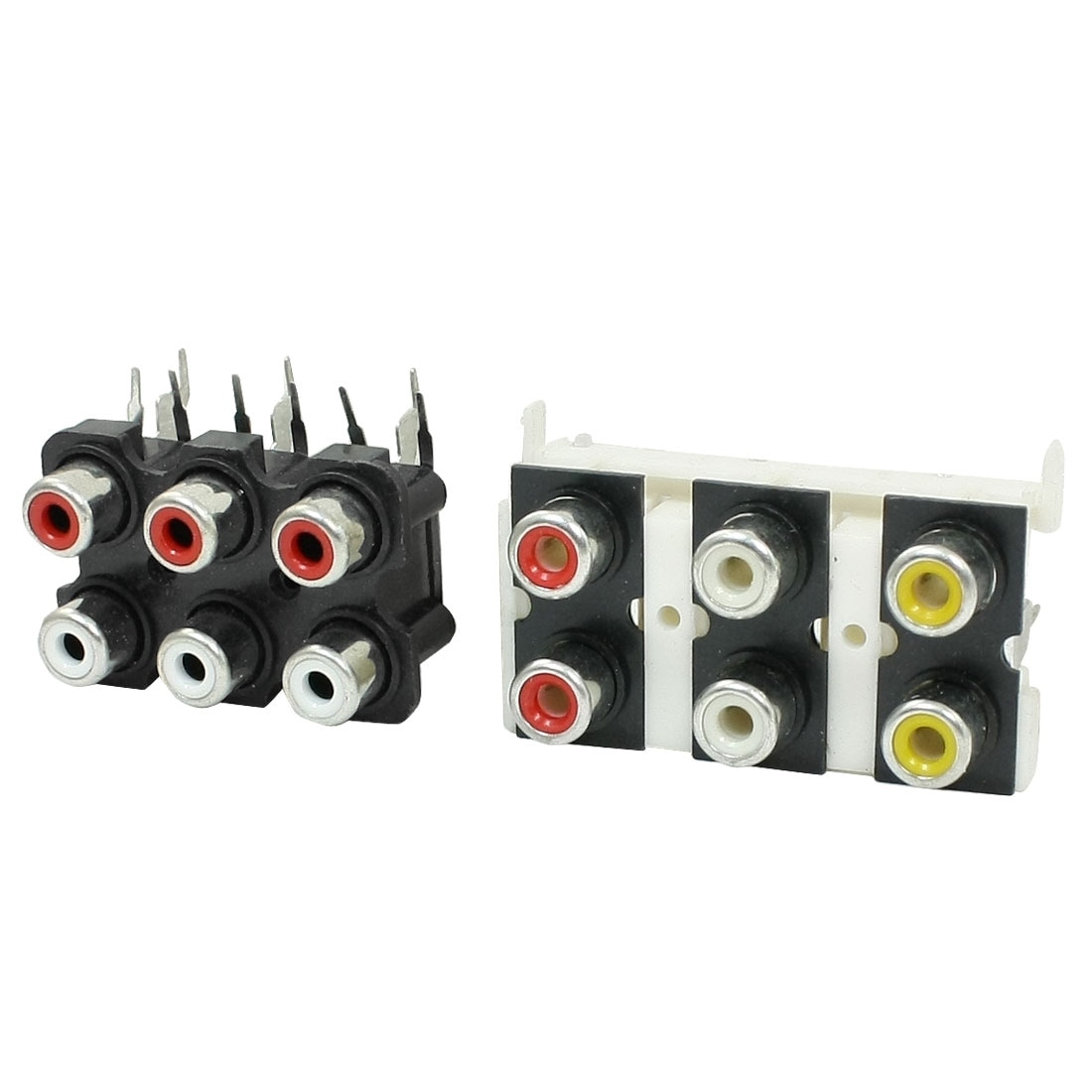ShoNuff wrote:
-but isn't a balanced signal one side normal polarity, and the other side inverted? or would that just cancel out? where/how does this balancing occur?
Yes, one side (T) carries the original signal (A) and the other (R) carries an inverted version of it (-A). This inversion is done at the source.
The inverted signal is inverted one more time at the destination and then added to the original one, cancelling any noise (N) picked up by the cable along the way:
Output = (A+N)+(-(-A+N)) = (A+N)+(A-N)
Output = A+A+N-N = 2A ---> Noise is cancelled
When you plug a stereo or dual mono, unbalanced TRS connector into a balanced TRS jack:
Output = (A+N)+(-(A+N)) = (A+N)+(-A-N)
Output = A-A+N-N = Zero
Or close to zero, as there is always some small amount of phase distortion in the circuits, that's why you might still get a very low signal in the end (or the subtle difference between the channels, if it's a stereo signal).
When you plug an unbalanced TS connector into a balanced TRS jack (Ground=Zero):
Output = (A+N)+(-0) = A+N ---> Original signal + any noise picked up
